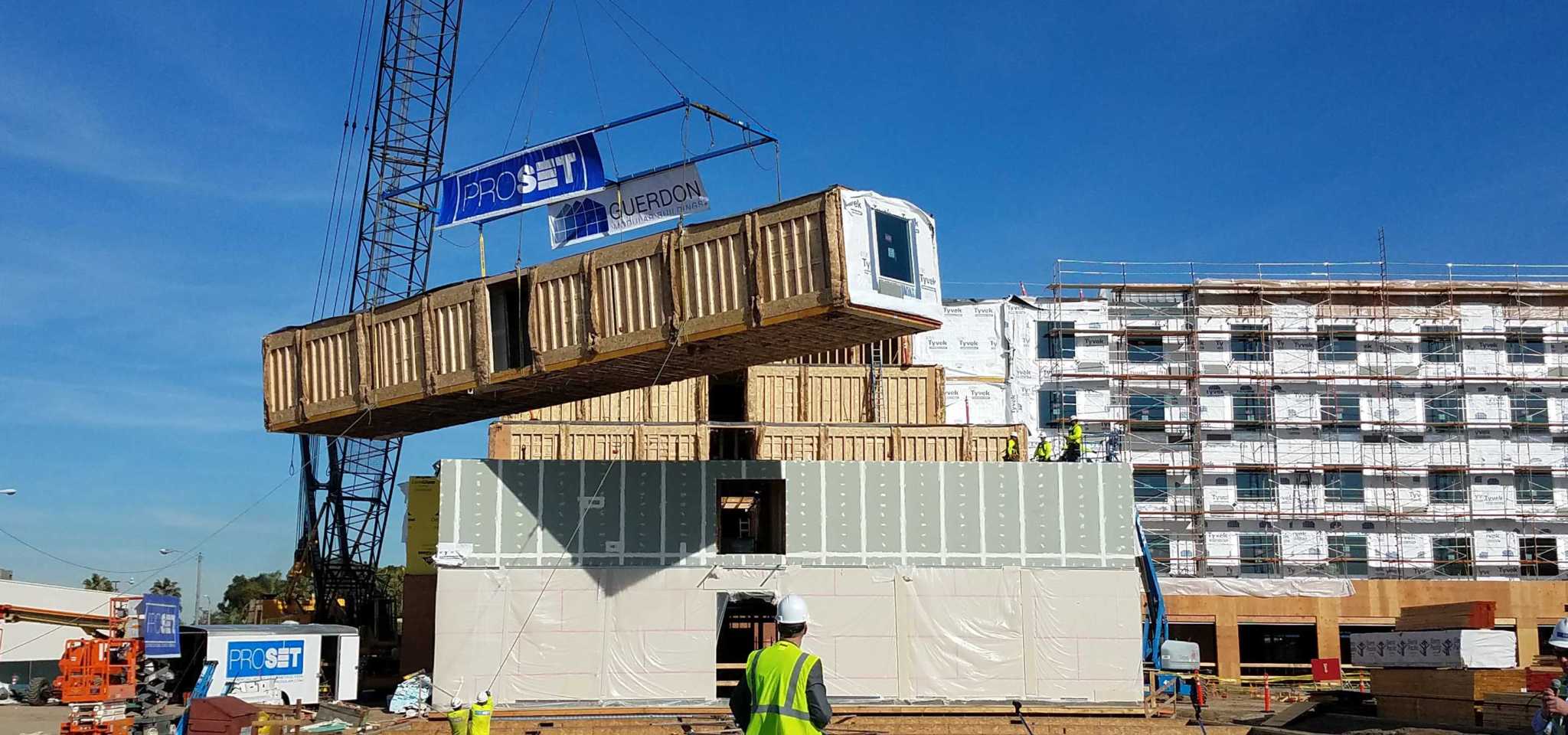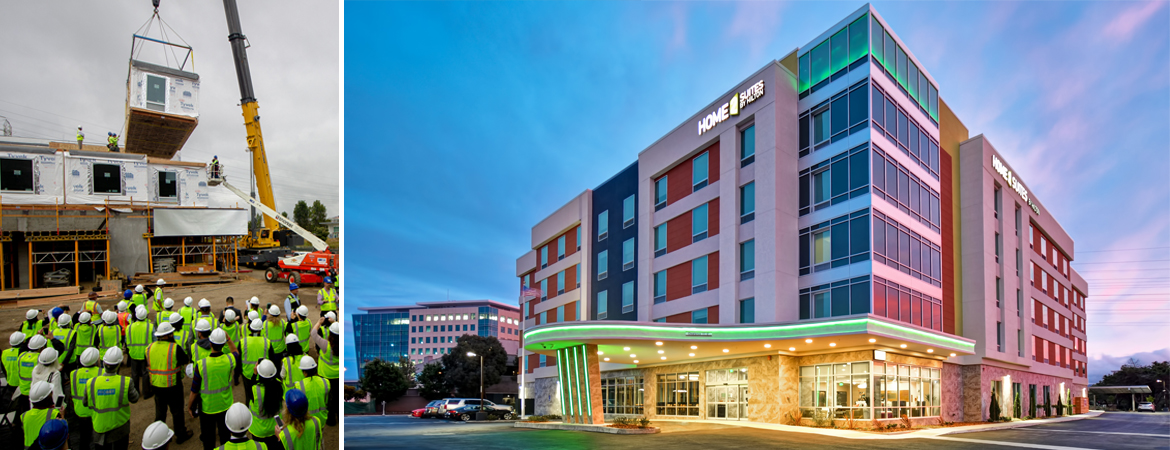How Modular Construction Differs from Traditional Construction
In traditional construction, the structure is built at its final location. The foundation is poured, walls are erected, wiring and other utility connections are run through the structure, and all other tasks that need to be done to create a usable facility are done on-site. With modular construction, however, that’s not the case. The building is broken down into several modules. These may be single rooms, groups of rooms, or even full apartments or houses. Each module is built in a factor and then shipped to the final location. There, the modules are connected to create the final structure. For example, modular apartments could be constructed off-site, then assembled at on-site to create the full apartment building.

What Benefits Come with Modular Construction?
The reason modular construction has been on the rise in the past few decades is because of the benefits it offers. Even though it requires time to ship the modules from the factory to the construction site, modular construction is overall faster than traditional construction. The factory where these modules are built is indoors, so there are no concerns about weather. This means modules can be built year-round regardless of where the factory is located. This can cut construction times in half and easily outweighs any shipping time. Once the modules arrive on-site, it takes very little time to assemble them.
Another benefit to modular construction is that it’s affordable. By reducing construction time by weeks or months, there is less cost. This makes modular construction ideal for projects such as low-income housing. For example, Coliseum Connections in Oakland, California, was designed as a mixed-income housing project. Because modular construction lowered the overall construction costs, they can rent half of their housing units to tenants who make 50% of the local average income. These units are identical to those rented at full market value.
Modular construction also makes less waste. This starts in the factory where it’s easier to reuse or recycle materials than it is on the job site. Buildings that are built using modules can also be disassembled later rather than simply destroyed. This allows the modules to be repurposed and reused, further reducing waste.
How Modular Construction Will Change in the Future
Many experts anticipate the overall costs associated with modular construction to continue to decrease as new technology is introduced. With more automated construction systems coming on the market, more and more parts of the fabrication process are being automated. This will increase the speed in which modules can be created while also decreasing the overall cost of building them. Because these automated systems can be more precise and accurate, there will be less waste and errors to correct.
While it’s true that modular construction is still something of a novelty in the building industry, it’s becoming clear that it’s a new form of construction, not simply a passing fad. Thanks to its numerous benefits, modular construction is going to play a large part in construction going forward.

If you have any comments or questions please contact Deysi Menjivar at JMC² Civil + Structural Engineering at dmenjivar@jmc-2.com, (310) 241-6550 x221, www.jmc-2.com.
